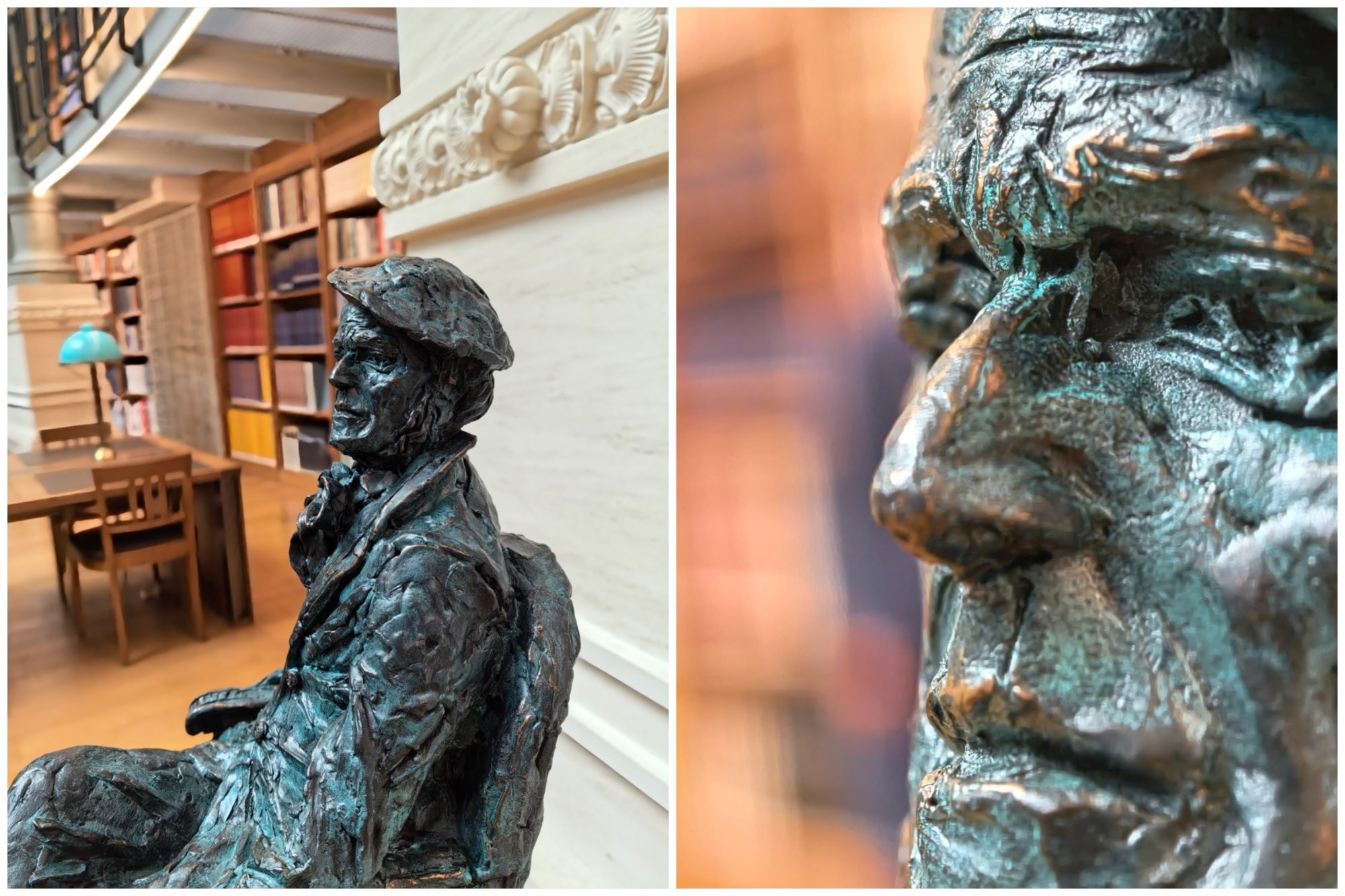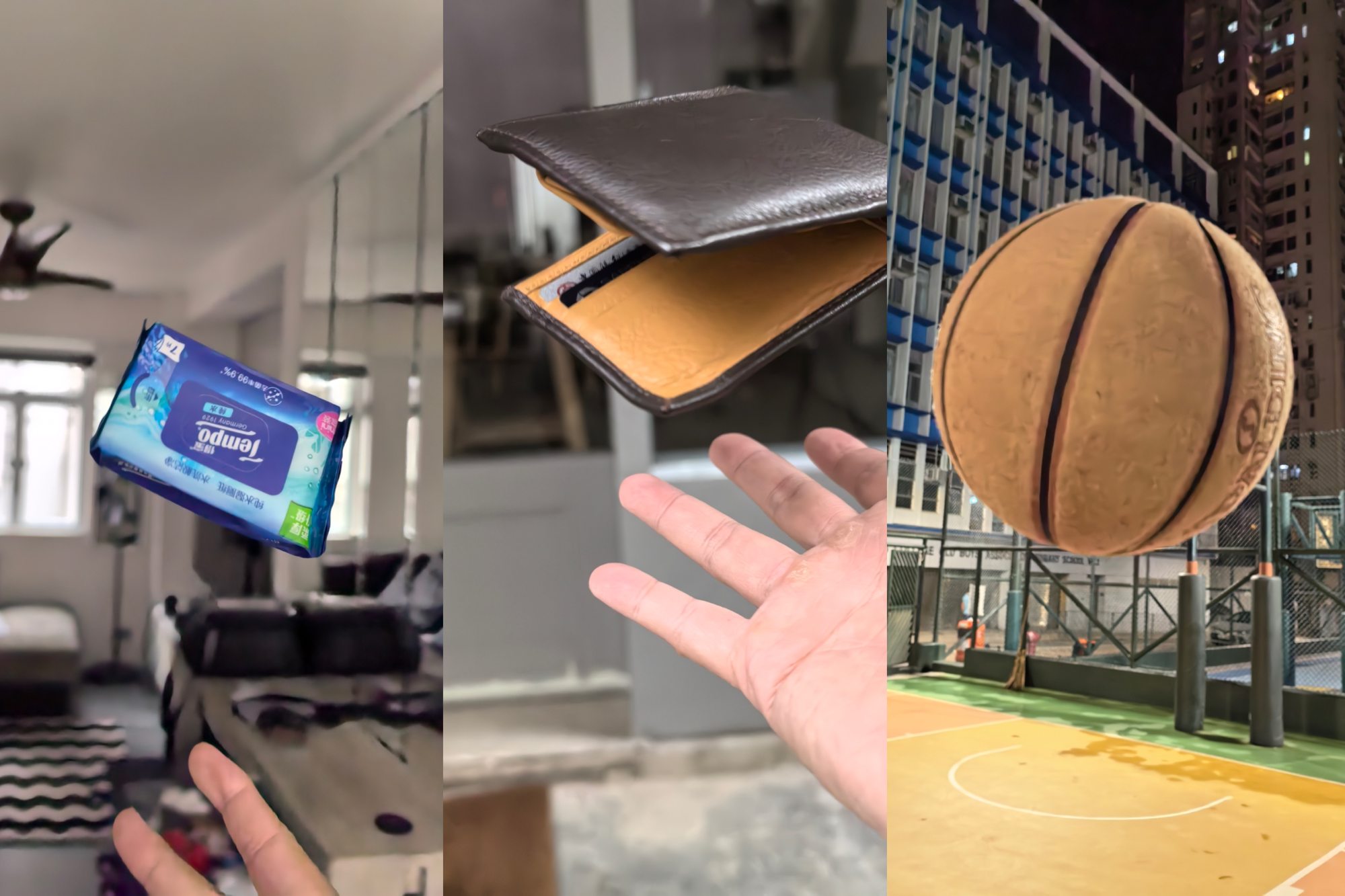
Review | Huawei Pura 70 Ultra review: no Google apps, but cutting-edge cameras, battery see Chinese phone giant return to form
- The Pura 70 Ultra continues the camera innovation of Huawei’s P series, with new technology that enables the phone to capture fast-motion shots without blur
- Core Google apps can’t be installed, but the photography, great battery and display show the Chinese company is back to winning ways with its new flagship
Huawei’s P series smartphones are known for being pioneers of mobile camera technology.
The P9, released in 2016, was the first smartphone to launch with more than one rear-facing camera; two years later the P20 introduced the computational photography trick “night mode” before Google or Apple; and 2019’s P30 Pro was the first smartphone with a Periscope zoom lens.
Innovations slowed for a few years as the Chinese tech giant faced hardware and software sanctions from the US government, with the P series even skipping a release in 2022. But in its latest P series flagship – the series rebranded this year as Pura – Huawei is showing a return to form.
Design and hardware
The Pura 70 series comprises four phones – this review focuses on the highest-tier model, the 70 Ultra.
Aesthetically, all four phones are similar, but the Ultra is the biggest, with a 6.8-inch OLED screen and a faux-leather back with an X pattern stitching.

The star of the show is a 50-megapixel main camera with a 1-inch sensor and variable aperture, meaning this lens not only pops in and out of the camera body, but there are aperture blades that open and close.
These are the most moving parts we have seen in a mobile phone camera lens yet, but despite this, the entire phone is still rated IP68 for water and dust resistance, meaning it can survive being submerged in water.

There is also a tremendous tele-macro camera that can deliver excellent long zoom shots and macro photography, and an ultra-wide camera.
The other noteworthy hardware component in the phone is the silicon: a Kirin 9010 chip.

Software and features
The Pura 70 Ultra ships with HarmonyOS in mainland China, while the global version I am testing runs on EMUI. The two software programs look very similar on the phone, but HarmonyOS is better at connecting with Huawei’s wide-ranging portfolio of products.

Performance and battery life
But in real-life usage scenarios I saw no difference, as the Pura 70 Ultra can do basic smartphone things just fine. The phone feels fast, like any other flagship phone.
OnePlus 12 a match for Samsung, Google flagship phones and a lot cheaper
Where the phone really shrines is in its camera performance. The Pura 70 Ultra introduces new camera tech this year that sees the phone snap two images with every press of the shutter button: one uses a fast shutter speed, the other a slow shutter speed.
The camera’s software then merges the two shots in real time to produce a single image that offers the benefits of both the fast and slow shutter speeds.
This allows the Pura 70 Ultra to grab fast-motion shots without blur, such as a basketball spinning in the air or liquid pouring out of a bottle.
While the 1-inch main camera lens can grab very detailed and bright images, I personally love using the tele-macro lens that lets me grab very close-up photos with strong bokeh – the visually pleasing blur produced in out-of-focus parts of an image.

The extremely fast shutter speeds and tele-macro capabilities are the best of any phone I have tested.
Battery life is tremendous, thanks to the large 5,200 mAh battery and Huawei software optimisation.
Other than the inability to run some widely used apps, there is nothing about the performance here that leaves me wanting.
Conclusion
The Huawei Pura 70 Ultra is a premium camera powerhouse capable of aspects of niche photography that other phones are not. But its technically inferior silicon, software limitations, and very high price (9,999 yuan in China; HK$11,600 in Hong Kong; €1,499 in Europe) will limit its appeal outside mainland China.
The latter is important, because while Huawei’s road back to mainstream dominance in the global market is uphill, in mainland China it is already back on top.

